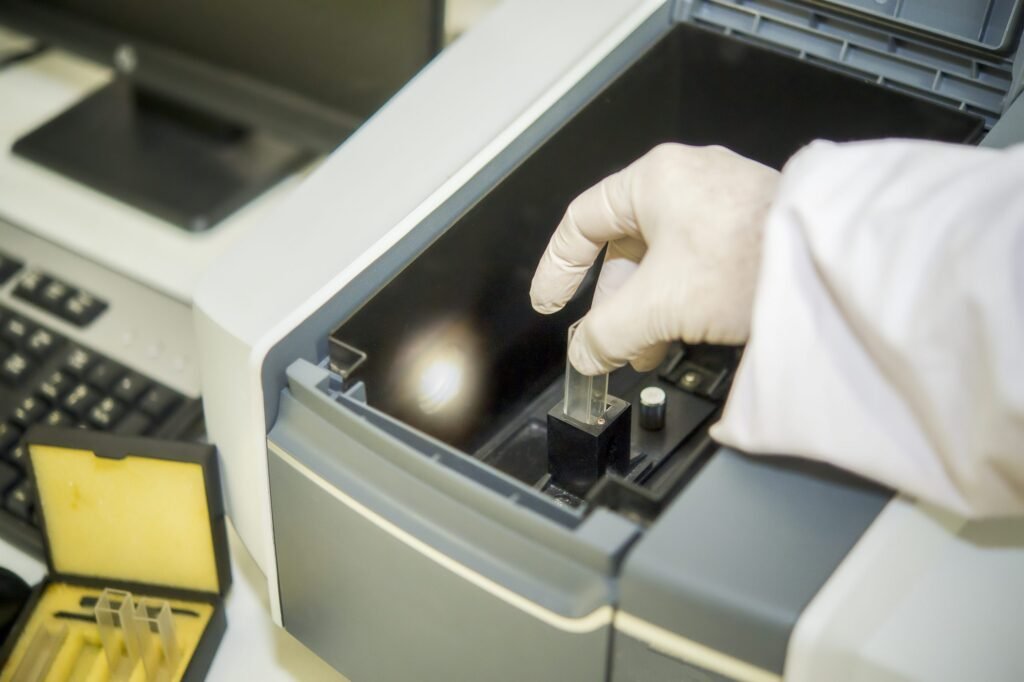In-line UV-Vis spectroscopy is rapidly gaining traction across various industries, including pharmaceuticals, chemicals, and food and beverages. This powerful analytical tool has transformed the way quality control and monitoring are performed during production processes. But what makes this technology so impactful?
Key Market Drivers
- Increased Demand for Real-time Monitoring: In-line UV-Vis spectroscopy offers real-time analysis, which is crucial for industries aiming to maintain consistent product quality. The technology enables continuous monitoring without the need for manual sampling, saving both time and resources.
- Advancements in Automation: With advancements in automation and Industry 4.0, companies are increasingly adopting in-line monitoring systems. The integration of in-line UV-Vis spectroscopy with automated systems ensures better precision and data accuracy, driving market growth.
- Stringent Regulatory Standards: Regulatory bodies, particularly in the pharmaceutical and food industries, are imposing stricter quality control guidelines. This has led to a surge in the adoption of in-line UV-Vis spectroscopy as companies seek to meet these stringent standards efficiently.
Benefits of In-line UV-Vis Spectroscopy
- Real-time Data: It provides immediate feedback, enabling quicker adjustments during production.
- Cost Efficiency: Reducing the need for manual sample analysis cuts down costs.
- Enhanced Product Quality: Continuous monitoring leads to better quality control and consistency in production.
The in-line UV-Vis spectroscopy market is poised for substantial growth, driven by these key factors and the increasing need for efficient quality control solutions across multiple sectors.



